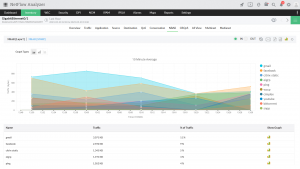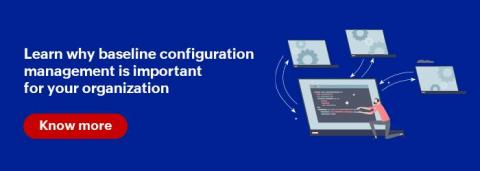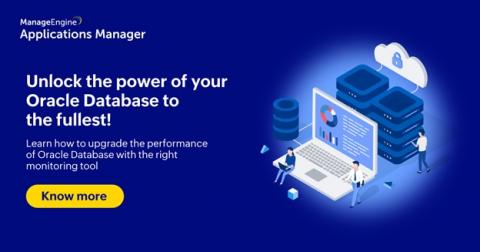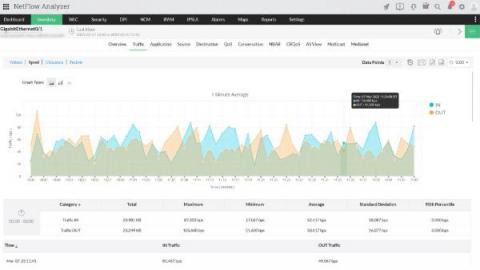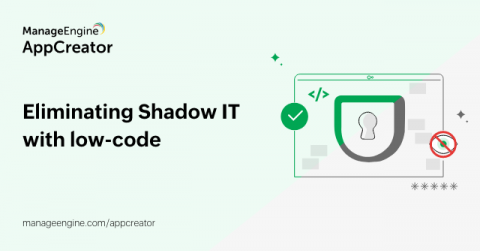Windows 7 end of life: The end of an era
The end is finally here! After over a decade of being the most chosen Windows version, Windows 7 has reached its end of life. While the OS’s Extended Support ended on Jan. 14, 2020, the Extended Security Updates (ESUs) reached their end of life on Jan. 10, 2023. As we bid farewell to this successor of Windows Vista, and by far one of the most user-friendly OSs, let us take a deep dive into what Windows 7 end of life entails.





